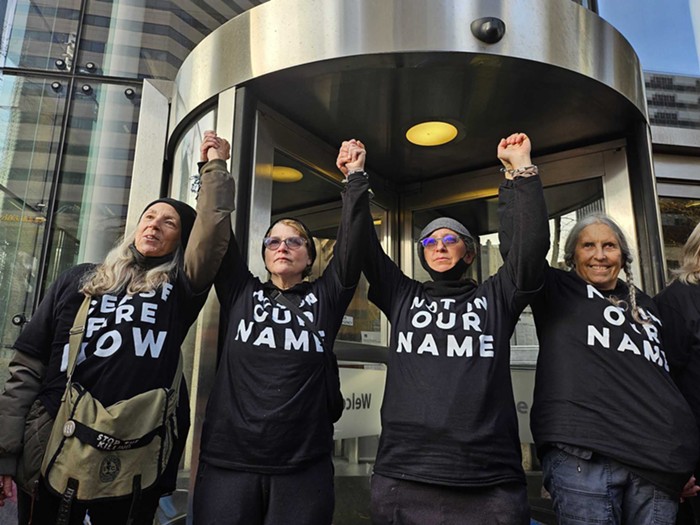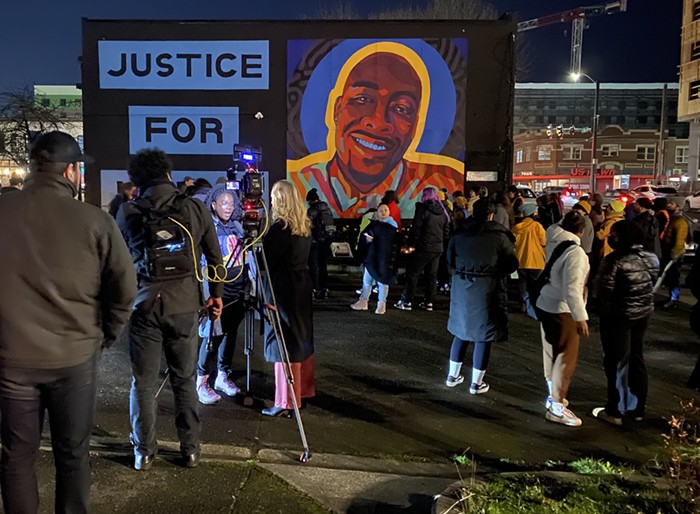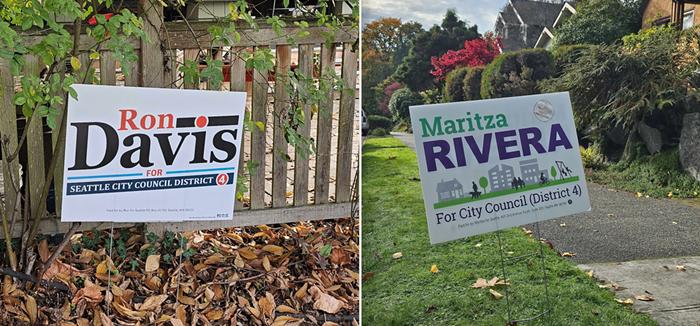The failure of last year's "roads and transit" ballot measure may have spelled doom for 182 miles of new highway lanes, but it also left many Seattle projects underfunded, including projects that could help traffic move smoothly while the Alaskan Way Viaduct is taken down. Mayor Greg Nickels has proposed a measure that would release $25 million in city funding to pay for bonds on two projects: the new Spokane Street Viaduct and the conversion of Mercer Street in South Lake Union into a two-way boulevard. The mayor's proposal links both projects together in a single ordinance; passing the ordinance would mean funding both a popular project (Spokane) and a controversial one (Mercer) simultaneously.
The Spokane proposal, which would ease congestion for drivers coming into the city from West Seattle, appears to have unanimous support on the city council, while the Mercer proposal, which the Seattle Department of Transportation (SDOT) contends will make it easier for drivers to access I-5 and improve travel times to nearby neighborhoods, is far more contentious. SDOT and mayoral staffers say the Mercer proposal, which would convert Mercer into a two-way boulevard and reconnect some of the street grid in South Lake Union, will improve access for cars, bikes, and pedestrians if the city moves forward with a surface/transit option for replacing the viaduct.
Some surface/transit supporters, including People's Waterfront Coalition founder Cary Moon, agree; Moon argues that the Mercer fix is "really important if we're not going to have a highway on the waterfront." Others, including council staff, are more dubious; at a meeting of the council's transportation committee on Tuesday, April 15, council staffer Dan Eder said that while "there's no question about the project's benefits for urban design and for pedestrian and bike mobility... there have been some questions about how the project helps during Alaskan Way Viaduct construction... That question can't be definitively and objectively answered at this point."
The Mercer proposal has been controversial since Nickels first proposed it in 2002. ("Why spend $100 million on something that doesn't work?" Council Member Nick Licata said in 2004 ["Under Fire" Amy Jenniges, July 8, 2004] at a time when the Mercer proposal cost just half of the mayor's latest proposal.) That year, a study solicited by the city found that the mayor's proposal would do nothing to improve traffic in the "Mercer Mess"—in fact, it would increase eastbound travel times and would decrease overall capacity. At the time, Nickels pitched the Mercer improvements as part of his grand scheme for a biotech center in South Lake Union; now, he's selling it as a necessary component of any viaduct replacement plan.
Now, as then, some city council members aren't biting. At Tuesday's meeting, staff from the mayor's office and the department of transportation presented the mayor's proposal to a skeptical council transportation committee. Council members' main concern was that while both Spokane and Mercer face funding gaps in the tens of millions of dollars, Mercer's shortfall is much larger—between $132 million and $185 million, depending on whether funding from "external" sources such as the state and federal governments comes through. (If that sounds familiar, it is—city funding plans for replacing the viaduct with a tunnel or another viaduct relied heavily on unsecured outside funding.) Federal funding has historically averaged about a third of what the mayor's proposal anticipates; meanwhile, none of the $36 million the proposal predicts will come in from the "private sector" has been secured.
That money would pay, among other things, to buy up properties along the Mercer corridor—properties the city did not anticipate it would have to buy, and which helped bloat the project's price tag from $137 million to $193 million. Because the proposal would require the council to appropriate money outside the budget process, it requires a 7–2 vote; at the moment, at least half the council seems skeptical that linking the projects is a good idea. "It's an awful lot of money and it pledges that money for a long time," Council Member Richard McIver says. "That's a big concern for me." Council Member Sally Clark echoes McIver's concerns, adding that "there's a huge pile of money that we have to go find from other people. If the worst-case scenario occurs and we get no money from the federal government or the state, I don't want to have a zillion dollars of [council-issued] debt to pay off... at a huge loss to the taxpayers."
At Tuesday's meeting, mayoral staffer Michael Mann argued that, contrary to what Clark contended, any delay could mean "we need to go out and reappraise the property we were planning to buy." That, he argued, could drive up costs. SDOT director Grace Crunican added, "Because a lot of our inflation is driven by oil issues and by China and the costs of construction, I don't see any break in the future. I think you should count on it more than doubling in that period of time—maybe tripling."
At the moment, the committee appears inclined to move forward with funding for Spokane, and yellow-light Mercer until funding can be locked down—perhaps 6 to 12 months. That would mean Mercer construction would overlap with viaduct construction. Another option would be holding off on Mercer construction until the viaduct work is finished—an option that would push work on Mercer off until 2018 or beyond. The transportation committee will take a vote on the Mercer and Spokane proposals on May 6. ![]()


















